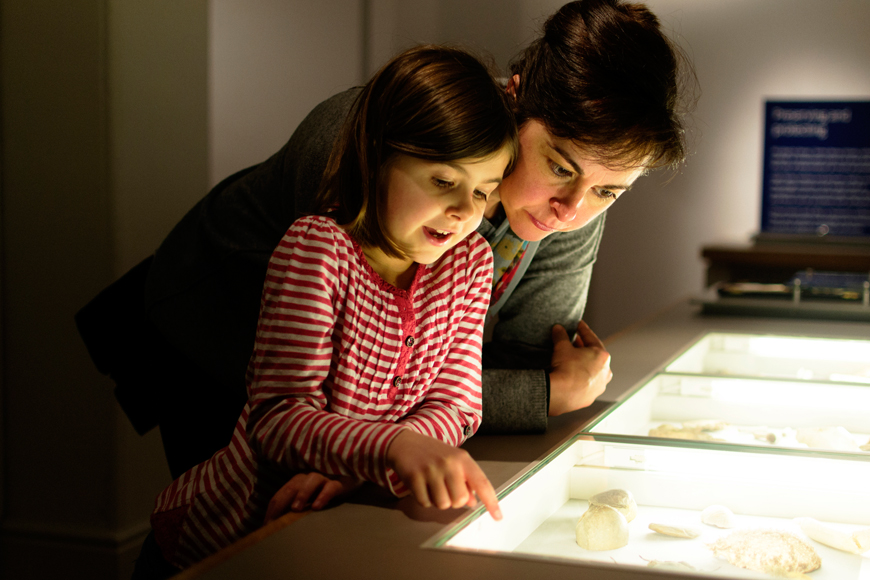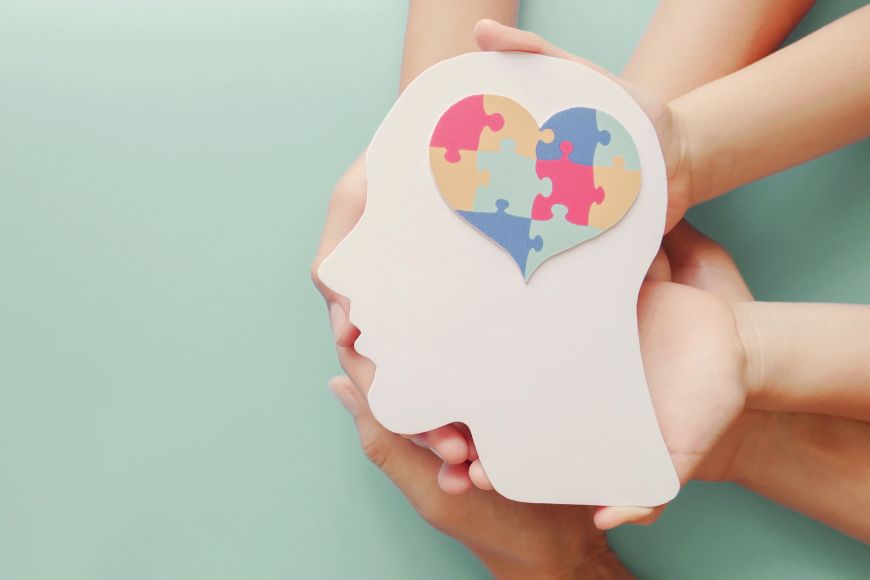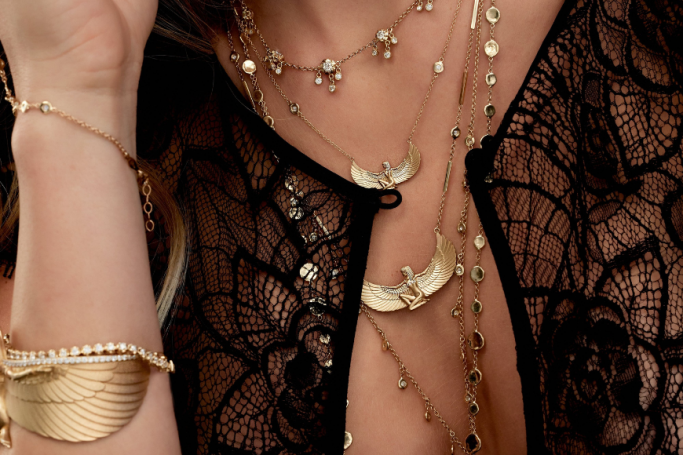If you’re an art fanatic or an interested historian, these are 5 things you need to know for your next trip to Oman’s National Museum
23 September 2018
| Last updated on 27 December 2018
For those of you who are admirers of the Omani and Arab culture and are interested in how the region came to be, should definitely visit the National Museum if you haven’t already.
To truly understand how a country came to be and the dynamic of the relationship it has with its neighbouring countries, you have to dig deeper into its history.
And what better way to do so than to visit a country’s national museum – and for Oman’s National Museum it provides tourists and residents with an inside look into life in the past.
Opened in 2016, the National Museum of Oman is a gateway to the rich history the country holds; it aims to highlight, educate and showcase Oman’s history and culture under one artistic roof.
Not only is it educative for those who live in Oman, but it’s also the only museum in the Middle East that incorporated Arabic Braille scripts for visitors who have visual problems.
So the next time you’re planning an adventure around Oman, here’s what you should know upon visiting the National Museum.
1. Where is Oman’s National Museum located?
Located in the heart of the country, Muscat, the National museum is comprised of a built-up area of 13,700 square metres – 4,000 square metres of those are used by 14 dedicated display halls.
The new building in Old Muscat is located infront of the Sultan’s Place and fits the overall architectural theme of the environment as it is not very contemporary – the emphasis made on the quality of the building rather than the size.
2. What galleries does Oman’s National Museum have?
There are 14 total galleries inside the National museum dedicated to special themes such as:
- 1. The Land and the People,
- 2. Maritime History,
- 3. Civilisation in the Making,
- 4. Currency,
- 5. Timeline,
- 6. Bat, Al Khutm and Al Ayn,
- 7. Arms and Armour,
- 8. Speldours of Islam,
- 9. Prehistory and Ancient History,
- 10. Land of Frankincense,
- 11. Oman and the World,
- 12. The Renaissance,
- 13. Intangible Heritage,
- 14. Aflaj,
All these galleries are designed to educate the public on Oman’s cultural heritage and provide an area to express cultural expression, to lead innovation and to transfer traditions from one generation to the other.
3. How many objects does Oman’s National Museum have?
In total, the National Museum in Oman is home to 5,466 objects that are on display – with 7,117 items to be displayed in the future.
You can find items like ancient boats, weaponry, horse decorations, miniature recreations of old towns, intricately designed wooden doors, paintings, Islamic scripts, swords, traditional clothing and much more.
4. What other features does Oman’s National Museum have?
The museum’s artwork are displayed in modern glass boxes with descriptions of each piece. Visitors can also find lots of space to wander off and light and height used to enhance the displays.
There are also 43 digitally immersive experiences and non-digital experiences that visitors can try out.
Around the museum, visitors can also see the artifacts come alive on giant screens and high-tech devices.
5. 5,000 year old items were just discovered
In recent news, there were new items discovered by Oman’s National Museum – fossilized baskets, ropes and nets dating back to the early Bronze Age were discovered.
These items date back between BCE 3,100 and BCE 2,700 making it a special discovery – they were found at a human settlement near Ra’s Al Hadd in Oman.
Archaeologists hope that these newly discovered items will provide insight on the way people lived in Oman.


















































_2.jpg?itok=XEABuHuU)
















































_2.jpg?itok=j80YWwf-)


















